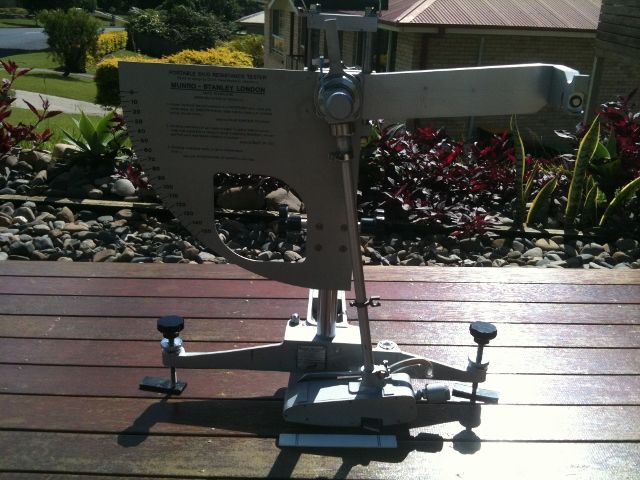With the introduction of prescriptive slip resistance requirements in the National Construction Codes (NCC) also known as the old Building Code of Australia (BCA), it will be interesting to see how the timber industry responds. There doesn’t appear to be much information within the timber flooring industry in regards to slip resistance testing and the requirement for these surfaces.
Slip Resistance Requirements for Timber Stairs
The prescriptive requirements for slip resistance in the NCC 2014 in residential homes will likely include stair treads to achieve pendulum class X or P3 and oil wet ramp test R 10 in dry conditions. In wet conditions the steps may be required to have a pendulum slip rating of W or P4 and an R11 slip rating using the ramp test method. Please check the updated version of the National Construction Codes or Building Codes of Australia to confirm the required level of slip resistance specified.
The slip resistance of timber can vary depending on the type and finish. Reeded timber or profiled timber surfaces generally have a higher level of slip resistance along with rough timber sawn flooring. There appears to be little information in regards to slip resistance for timber floorings or with deck and boardwalk specification.
It is understood that the Queensland variation may not include the prescriptive requirements. Contact the ABCB to assess whether buildings within Brisbane and throughout Queensland require to be tested under the Australian Standards testing regime.
Slip Resistance Test Methods on Timber
The most common form of slip resistance specification is the oil wet ramp test to AS 4586 which provides R ratings. For external decks and boardwalks an R10 is generally specified by architects and R11 for external ramps and stairs. While the R rating is the most prominent classification system for slip resistance, it is a method to assess the slip resistance of floor surface in the wet conditions with people wearing safety boots.
The wet barefoot ramp test can be used to assess the slip resistance of timber for areas around swimming pool decks and boardwalks. This provides an A, B or C classification. The dry floor friction test is used to assess the slip resistance in dry conditions and timber floors and boardwalks should achieve at least 0.40 for level walking surfaces. A correction factor for gradients and sloping surface is generally applied to ensure safety on sloping surfaces.
Ensure that Slip Resistance Test Certificates Are NATA Endorsed – Such as Slip Check, Safe Environments
The main concern however in specifying with the R rating slip test is that it cannot be used to assess the slip resistance after installation; it is a laboratory test only. This is where the pendulum slip resistance test is best utilised to for timber and wood decks and boardwalks. One expert in the timber industry however discredits the pendulum test and considers it not to be reliable. The expert doesn’t explain why and is concerning since there does not appear to be a timber flooring representative on the standards committee for slip resistance.
Wither these concerns in regards to the pendulum slip test there is no information to suggest that the pendulum is inaccurate or that the ramp is more reliable. My experience is that generally pendulum slip ratings will be lower than the initial slip resistance classifications recommended in Standards Australia / CSIRO HB 197 An introductory guide to the slip resistance of pedestrian surface materials. In many instances a clear coat with grit embedded may be required to increase the slip resistance.
More research is required to assess the slip resistance of timber flooring to determine overall safety through epidemiological studies, however there will be a requirement to ensure that surface comply with the recommendations of Standards Australia / CSIRO handbook 197.
For further information and testing on timber surfaces please contact Slip Check in Sydney (Sydney@FloorSlipTest.com.au) or Melbourne (Melbourne@SafeEnvironments.com.au)
Author: Carl Strautins

Email: Carl@SafeEnvironments.com.au
Web: www.SafeEnvironments.com.au
As a principle at Safe Environments, Carl Strautins first started his career at CSIRO conducting research in slip resistance and developed the accelerated wear slip resistance test. He holds a degree in materials science, masters in occupational health and safety and a masters in science in occupational hygiene, Carl provides guidance to industry to minimise the risk of slip and fall incidents. He is engaged on a regular basis to provide expert opinion for disputes and legal proceedings.



